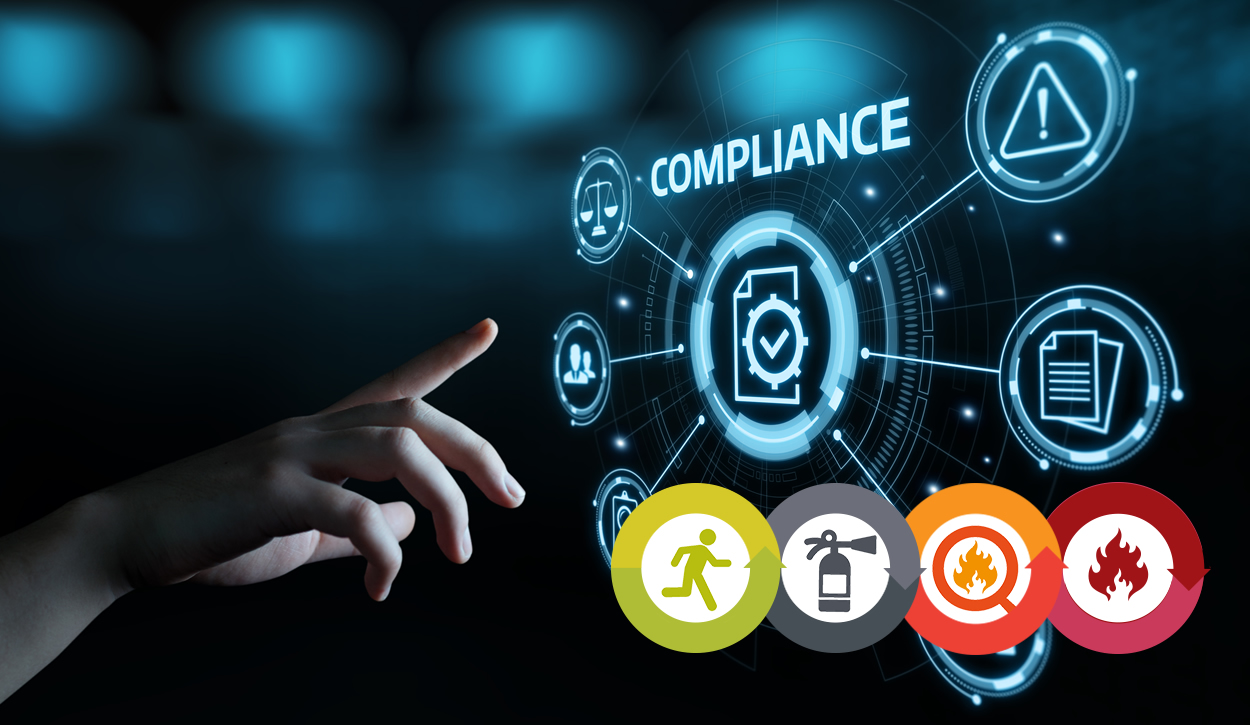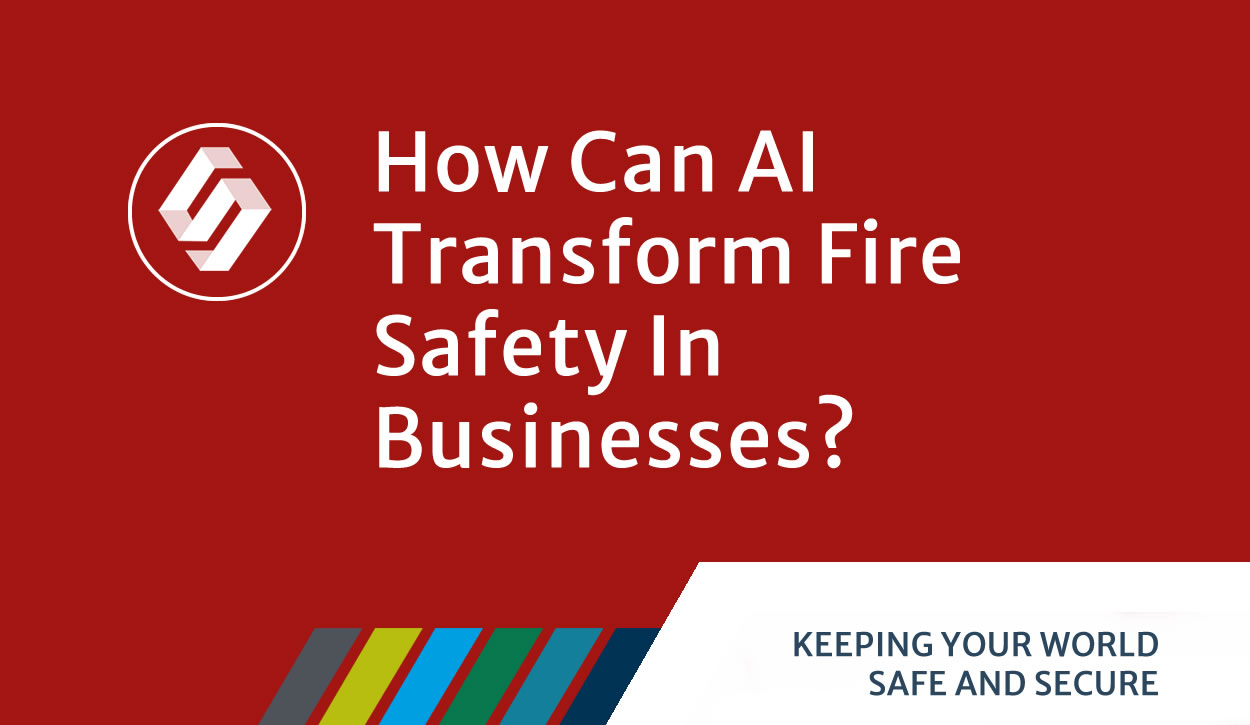How can AI Transform Fire Safety in Businesses?
Artificial intelligence (AI) and machine learning are revolutionising fire safety by enhancing risk detection, minimising false alarms, and improving overall protection. These technologies are paving the way for smarter, data-driven fire prevention strategies within business premises and organisation locations.

More Accurate Fire Detection
Machine learning, a core aspect of AI, analyses historical data to identify trends and patterns, making fire detection more precise. Unlike traditional alarms, which may struggle to differentiate between real threats and false triggers, AI-driven systems can distinguish between genuine dangers and harmless disturbances, reducing unnecessary alerts.
By leveraging AI insights, stakeholders, managers and fire safety professionals can make informed decisions about whether a situation requires maintenance or emergency intervention. However, experts emphasise that life safety systems must remain under human control, ensuring that critical decisions are always made by people.
Smarter, Predictive Fire Safety Systems
AI is also enhancing the way safety systems interact. Modern premises sensors monitor environmental factors such as CO₂ levels, humidity, and temperature. AI can analyse this data to predict fire risks before they escalate. For example:
- Dynamic alarm sensitivity: AI can adjust smoke alarm sensitivity in response to environmental conditions, such as high dust levels, reducing false alarms.
- Building-specific risk assessment: AI-driven systems consider a property’s design, location, and usage to provide a more tailored fire risk analysis.
As technology advances, AI is expected to shift from fire detection to fire prevention, proactively identifying risk factors before they lead to dangerous incidents. The more data these systems collect, the more accurate and reliable they become, helping to create safer homes and communities.
Overcoming Industry Challenges
The fire safety sector has historically been cautious in adopting new technologies due to strict regulations. However, industries like automotive and aviation have successfully integrated AI without compromising safety. Connected fire alarm systems are already demonstrating value in remote diagnostics and predictive maintenance. AI can provide engineers with key information before they visit a property, reducing unnecessary callouts, cutting maintenance costs, and improving efficiency.
Building Trust in AI-Driven Safety
Despite its benefits, some residents may feel uneasy about AI playing a role in critical safety decisions. Transparency is key to addressing these concerns. When people understand how AI works and can access relevant safety data, they are more likely to trust these advancements.
Looking ahead, AI is set to play an even greater role in fire prevention, detection, and response. However, fully automating life-critical decisions remains a complex challenge. Human oversight will remain essential to ensuring reliability, accountability, and effectiveness in fire safety systems. Contact SS Systems for an in depth fire risk assessment and analysis of how we can use smart technology within your organisation and premises.
#FireAlarms #FireRiskAssessment #FireSafetyEquipment #FireAlarmMaintenance #AccessControl #CCTV

